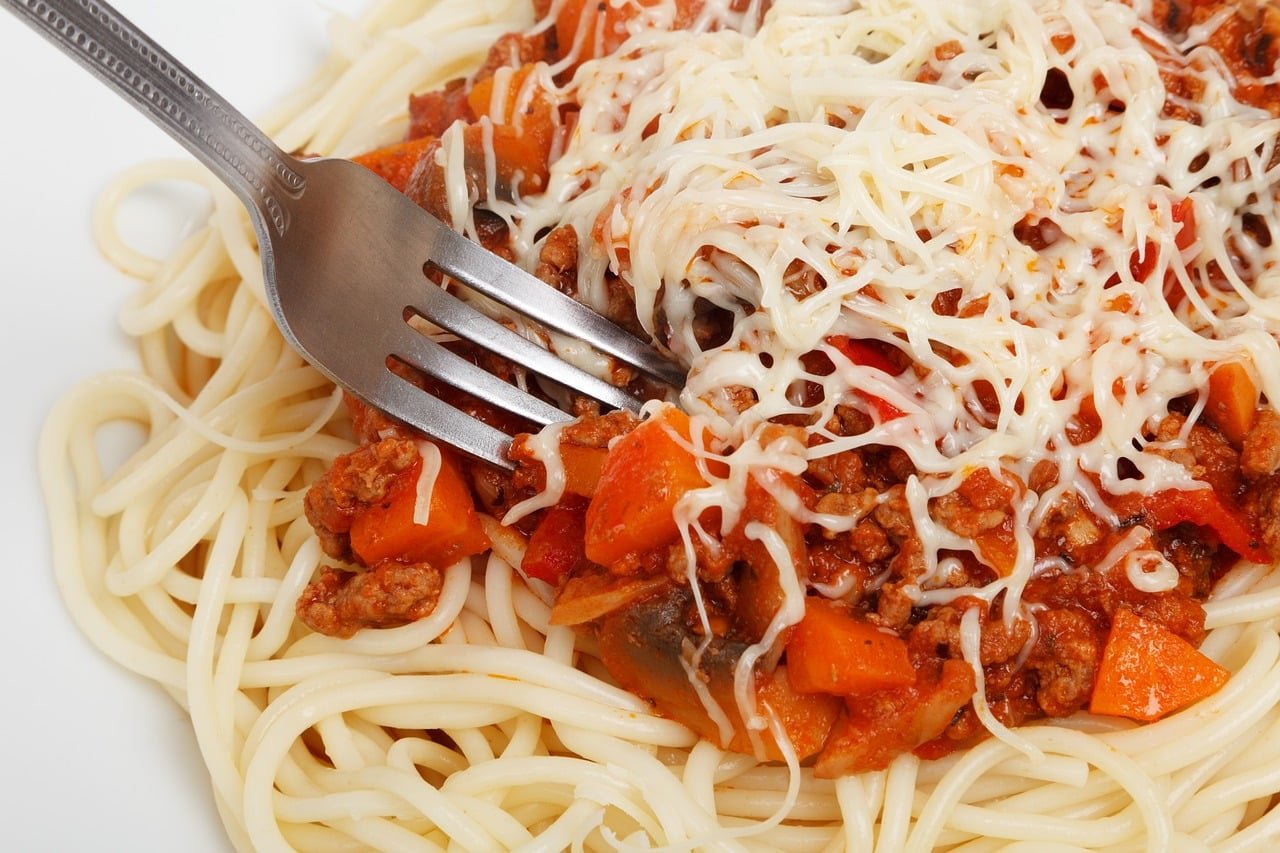The main ingredient in gluten-free pasta is a vital concern for those following a gluten-free diet. As awareness of gluten sensitivity and celiac disease increases, the demand for gluten-free alternatives to traditional wheat-based pasta has surged. Consequently, a variety of main ingredients are now used to create pasta that is both delicious and safe for individuals avoiding gluten.
The Critical Role of Gluten in Traditional Pasta

The Importance of Gluten in Regular Pasta
Gluten plays a vital role in regular pasta, giving it its characteristic elasticity and chewy texture. This protein is essential in traditional pasta-making. However, for people with gluten sensitivity or celiac disease, consuming gluten can lead to significant health problems.
Why Gluten Is Crucial in Traditional Pasta
Gluten is the key component responsible for the elasticity and chewiness in traditional pasta. It is this elasticity that helps pasta hold its shape during cooking. Without gluten, pasta might become mushy or fall apart when boiled.
Challenges for Those Avoiding Gluten
For individuals who must avoid gluten due to health reasons, such as gluten intolerance or celiac disease, the absence of this main ingredient in regular pasta can be a significant challenge. They seek alternatives that can replicate the vital role of gluten in pasta, ensuring that the resulting pasta maintains the texture and taste that people expect.
Diverse Main Ingredients in Gluten-Free Pasta
In the journey to perfect gluten-free pasta, several main ingredients have emerged as popular substitutes:
When crafting gluten-free pasta, various main ingredients come into play. These ingredients serve as the main building blocks for creating pasta that doesn’t contain gluten.
Rice Flour – A Neutral Base
One popular choice for the main ingredient in gluten-free pasta is rice flour. Rice flour provides a neutral taste and works well for creating different pasta shapes.
Corn Flour – A Hint of Sweetness
Corn flour is another key ingredient in gluten-free pasta. It imparts a pleasing yellow color to the pasta and adds a subtle sweetness to its flavor.
Quinoa – Nutrient-Rich and Distinctive
Quinoa, known for its health benefits, also serves as a main ingredient in gluten-free pasta. It not only contributes nutrition but also offers a unique flavor profile to the pasta.
Legume Flours – Protein and Fiber Boost
Legume flours, including chickpea and lentil flours, play a role as the main ingredient in some gluten-free pasta options. These flours increase the protein and fiber content of the pasta, making it heartier and more nutritious.
Incorporating these diverse main ingredients allows the creation of gluten-free pasta that caters to different tastes and dietary needs.
Moreover, these ingredients are not only alternatives for those avoiding gluten but also present a range of nutritional advantages. For additional insights into enhancing the flavor of gluten-free pasta, be sure to visit How to Flavor Gluten-Free Pasta: A Guide to Tastier Dishes.
Nutritional Considerations of the Main Ingredient in Gluten-Free Pasta
When comparing the nutritional profile of gluten-free pasta to that of regular pasta, there are notable differences. Gluten-free pasta often boasts a higher protein and fiber content, particularly when legume flours are the main ingredient. Nonetheless, it’s crucial to scrutinize product labels, as some gluten-free pasta varieties may include additional ingredients that affect their overall nutritional value.
Protein Content
One key aspect to consider is the protein content in the main ingredient of gluten-free pasta. Depending on the choice of the main ingredient, protein levels can vary significantly. Legume-based main ingredients tend to have higher protein content, offering a boost for those seeking protein-rich options.
Fiber Content
Fiber is another essential element to assess when evaluating the main ingredient in gluten-free pasta. Legume flours, which are often used as the main ingredient, typically have a higher fiber content compared to other alternatives. This higher fiber content can contribute to a feeling of fullness and promote digestive health.
Additional Ingredients
It’s crucial to scrutinize product labels carefully when examining gluten-free pasta’s nutritional value. Some gluten-free pasta varieties may include additional ingredients beyond the main ingredient, which can impact their overall nutritional profile. These additional ingredients may be added for flavor, texture, or preservation purposes.
By considering these nutritional aspects of the main ingredient in gluten-free pasta, individuals can make informed choices that align with their dietary preferences and health goals.
For comprehensive information on maintaining a balanced diet with gluten-free pasta, the Celiac Disease Foundation provides valuable resources.
Homemade Gluten-Free Pasta: Using the Right Main Ingredient
Creating gluten-free pasta at home can be incredibly rewarding. With the correct blend of gluten-free flours and a bit of practice, you can produce pasta that rivals any traditional recipe in both taste and texture. For a treasure trove of homemade pasta recipes, including those with gluten-free ingredients, don’t miss Cooking Gluten-Free Pasta: Tips, Tricks, and Delicious Recipes.
Sensory Qualities of Pasta with the Right Main Ingredient
The sensory appeal of gluten-free pasta has greatly improved, thanks to the innovation in main ingredients. Today’s gluten-free pasta options often closely resemble traditional pasta in texture, taste, and appearance, much to the delight of consumers who value these attributes.
Choosing the Best Pasta with the Ideal Main Ingredient

Selecting the best gluten-free pasta involves evaluating several factors, including dietary restrictions, cooking properties, and personal taste preferences. With the myriad of choices available today, finding a pasta that aligns with your specific needs is more accessible than ever.
For additional tips on managing food allergies and gluten sensitivities, Food Allergy Research & Education is an excellent resource.
Frequently Asked Questions (FAQs)
Q1: What is gluten in pasta?
A1: Gluten is a type of protein naturally occurring in wheat, rye, and barley. In the context of pasta, gluten plays a critical role by providing the unique elasticity and chewiness that we associate with traditional noodles. However, for individuals who have gluten intolerance or celiac disease, consuming gluten can lead to various health issues, ranging from digestive discomfort to more severe reactions. As a result, there has been a growing demand for gluten-free pasta options that do not contain this protein, allowing those with dietary restrictions to enjoy pasta without compromising their health.
Q2: What’s the primary ingredient in gluten-free pasta?
A2: Gluten-free pasta is crafted using a diverse array of main ingredients to replace traditional wheat-based flour. These alternative main ingredients have gained popularity for their ability to replicate the essential qualities of gluten while catering to various dietary needs. Common choices include rice flour, which provides a neutral flavor and adapts well to various pasta shapes, corn flour, which imparts a vibrant yellow hue and a subtle sweetness, quinoa, known for its nutritional benefits and unique flavor profile, and legume flours such as chickpea and lentil flours, which not only enhance protein content but also boost fiber levels, resulting in heartier and more nutritious pasta options. Each of these main ingredients brings its distinctive characteristics to the gluten-free pasta, expanding the choices available to those seeking gluten-free alternatives.
Q3: Is gluten-free pasta a healthier option?
A3: The nutritional profile of gluten-free pasta varies depending on the main ingredient used and any additional ingredients included in the product. In some cases, gluten-free pasta can be a healthier option compared to traditional pasta made from wheat. For example, pasta crafted with legume flours like chickpea or lentil flours tends to have higher protein and fiber content, providing a more nutritionally dense choice.
These increased protein and fiber levels can contribute to a sense of fullness and support digestive health. However, it’s essential to read product labels carefully, as some gluten-free pasta varieties may incorporate additional ingredients that can affect their overall nutritional value. Therefore, while gluten-free pasta can offer health benefits, it’s crucial to make informed choices based on individual dietary preferences and nutritional goals.
Q4: How do I cook gluten-free pasta?
A4: Cooking gluten-free pasta is a straightforward process, similar to preparing traditional pasta. Start by bringing a pot of water to a boil and adding a pinch of salt. Once the water is boiling, carefully add the gluten-free pasta and stir gently to prevent sticking. Follow the cooking instructions provided on the pasta’s packaging, as cooking times may vary depending on the type and brand of gluten-free pasta you are using.
Generally, gluten-free pasta should be cooked until it reaches a tender but not mushy texture. It’s advisable to taste-test the pasta a minute or two before the recommended cooking time is up to ensure it’s cooked to your desired level of doneness. Once cooked, drain the pasta, and it’s ready to be enjoyed with your favorite sauces, toppings, or seasonings.
Q5: Where can I find gluten-free pasta?
A5: You can easily find gluten-free pasta options in most well-stocked grocery stores and supermarkets. Typically, these stores have dedicated sections or aisles featuring gluten-free products, making it convenient to locate a variety of gluten-free pasta brands and types. Additionally, you can explore online retailers and specialty food stores, where you may find an even broader selection of gluten-free pasta varieties. Shopping online allows you to access a wide range of options and conveniently order your preferred gluten-free pasta from the comfort of your home, ensuring that you have plenty of choices to suit your taste preferences and dietary requirements.
Conclusion:
The evolution of gluten-free pasta has been remarkable, with the main ingredients now offering not only safe alternatives for those with dietary restrictions but also an array of health benefits. Whether you’re adapting a beloved family recipe or experimenting with new culinary creations, gluten-free pasta stands as a versatile and enjoyable option. And for those seeking to elevate their pasta dishes, How to Jazz Up Boring Pasta provides a wealth of creative ideas to spruce up your gluten-free pasta dishes.

